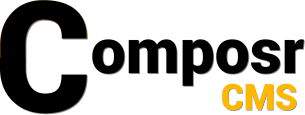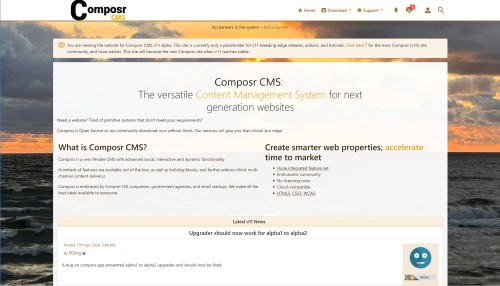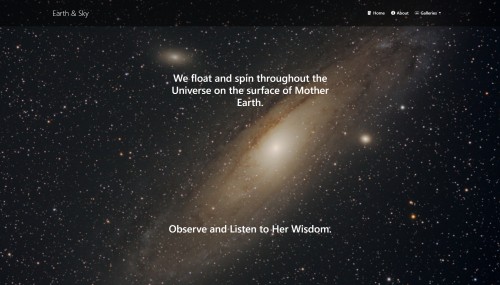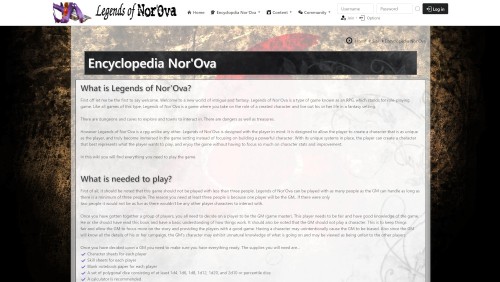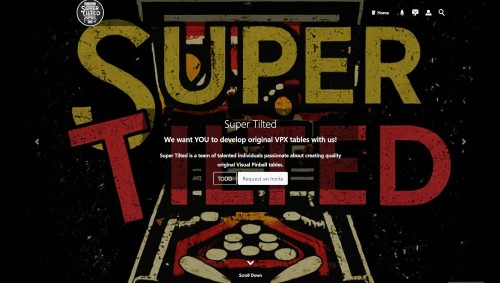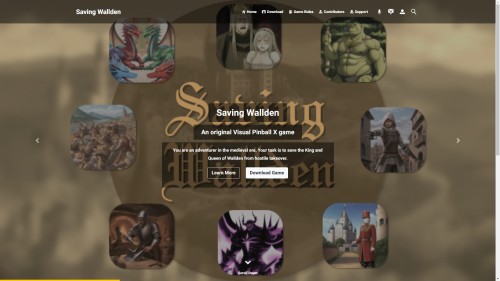Featured Sites: A-Z Index
H
Newest 10 Entries
| Question | How can I customize Composr without modifying the core files? |
|---|---|
| Answer | Composr offers a robust override system. Instead of altering the original files, create a parallel structure within _custom directories. For example, to modify site/pages/modules/polls.php, place your customized version in site/pages/modules_custom/polls.php. The tutorials outline additional information on how to utilise overrides. |
| Question | What are the main components of the Composr framework? |
|---|---|
| Answer | Composr consists of:
|
| Question | How can I embed third-party widgets into my Composr pages? |
|---|---|
| Answer | Composr supports embedding widgets from various websites, like Google Maps, Vimeo, and YouTube, by simply pasting the URL. For manually embedding widget code, you can paste it into the HTML source view of the WYSIWYG editor or within Comcode html tags if not using the WYSIWYG editor. |
| Question | What is the difference between blocks and boxes in Composr? |
|---|---|
| Answer | Boxes are visual elements that provide a container for content, while blocks are functional units that generate and display dynamic content. Although blocks often appear within boxes in the default templates, they are not inherently tied to any visual representation. |
| Question | Can I customize the appearance of blocks? |
|---|---|
| Answer | Yes, you can style blocks by editing the associated templates and CSS. Templates are typically named after the block they represent. For example, the main_news block uses the BLOCK_MAIN_NEWS.tpl template. |
| Question | How do I create custom filter forms for my content? |
|---|---|
| Answer | The main_content_filtering block can help you generate filter forms automatically. You can use it to create a default form and then customize the generated Filtercode string to refine the filtering options. Once satisfied, you can either continue using the block or extract the HTML and modify it further. |
| Question | Where can I use Filtercode and Selectcode in Composr? |
|---|---|
| Answer | Filtercode is supported in various blocks, such as main_multi_content, main_gallery_embed, and main_cc_embed. It's also actively used in modules like catalogues, downloads, galleries, members, and news. Selectcode is supported in blocks and Comcode tags that explicitly mention it, including the main_multi_content block and the if_in_group Comcode tag. |
| Question | What is the difference between Filtercode and Selectcode? |
|---|---|
| Answer | Filtercode is used for querying content based on properties and values, while Selectcode is used for directly specifying a list of IDs or categories to include or exclude. Filtercode offers more complex filtering options, while Selectcode is more straightforward for simple selections. |
| Question | How can I filter content in Composr? |
|---|---|
| Answer | Composr provides two filtering systems: Filtercode and Selectcode.
|
| Question | What are blocks in Composr and how can I use them? |
|---|---|
| Answer | Blocks are dynamic elements that can be inserted into Comcode pages to add interactive and data-bound functionality to your website. They are essentially reusable components that automatically generate content, such as recent forum posts or information about the logged-in user. You can add blocks to your pages using the block construction assistant, which allows you to select from a list of available blocks, set their parameters, preview them, and generate the necessary Comcode. |
Top 10 Entries
| Title | Installation |
|---|---|
| Icon |  |
| Description | Quick installer: Our self-extractor allows faster uploads and will automatically set permissions. Wizard-based installation Auto-scans for compatibility problems: Be informed of problems before installing Get your site up and running in just a few minutes Keep your site closed to regular visitors until you're happy to open it Configures server: Automatically generates an htaccess file for you (for Apache). Auto-detection of forum settings for easy integration Install test content |
| Title | Web Pages |
|---|---|
| Icon | 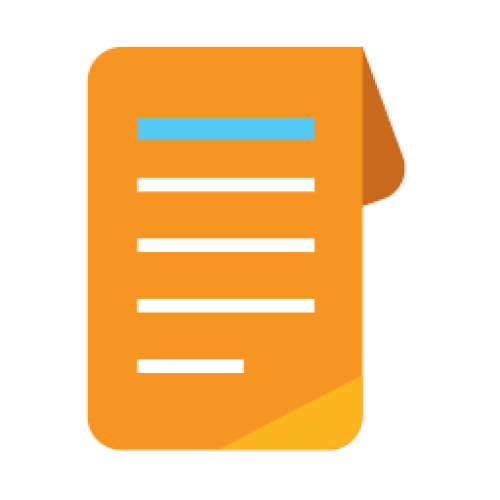 |
| Description | Add virtually unlimited pages to your site WYSIWYG editor (powered by CKEditor) Convenient edit links: Staff see “edit this” links at the bottom of every page. PHP support: Upload your PHP scripts and run them inside Composr (may require adjustments to the script code). Hierarchical page structure: Supports parent and child pages Periodic content reviews: Helping you ensure ongoing accuracy of your content. Add Comcode pages (the default) or static HTML pages Supports revisions and revision control systems (such as git); add new pages as files, and Composr will automatically register them in its system. |
| Title | Downloads |
|---|---|
| Icon | 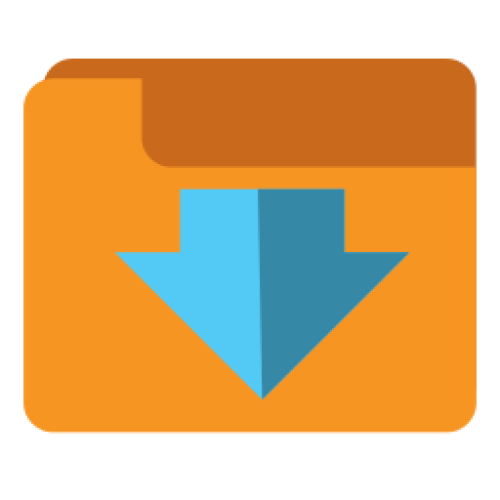 |
| Description | Clear organisation: Uses a tree structure for unlimited categorisation. Anti-leech protection: download links contain a session ID Community-centred: Allow users to comment upon and rate downloads Many ways to add new files: Upload files. Link-to existing files. Copy existing files using a live URL. Batch import links from existing file stores. Author support: Assign your downloads to authors, so users can find other downloads by the same author. Set licences: Make users agree to a licence before downloading. Images: Show images along with your downloads (e.g. screen-shots) (this implicitly uses galleries). Basic file versioning support Control monthly bandwidth use site-wide |
| Title | Wiki+ |
|---|---|
| Icon |  |
| Description | Think “structured wikis”. Create an encyclopaedic database for your website Use a tree-structure or traditional cross-linking Supports revisions: Track changes Display the tree structure of your entire Wiki+ Allow users to jump in at random pages Make your pages either wiki-style or topic-style Allow members to contribute to Wiki+ pages by adding Wiki+ posts |
| Title | Quizzes and Surveys |
|---|---|
| Icon |  |
| Description | Run a competition: Choose winners randomly from those who passed the quiz. Surveys: Gather data and find trends. Tests: Test members' knowledge on a variety of topics. Cheat prevention: Settings to prevent cheating, such as time limits, question / answer shuffling, and re-testing rules. Integration with points: Charge points to enter a competition, or award points for winning. |
| Title | News and Blogs |
|---|---|
| Icon |  |
| Description | Member blogs: Allow members to have their own blogs on their profile RSS and Atom support: Export and import feeds. Trackback support: Send and receive trackbacks. Scheduled publishing Ping support and RSS Cloud support Multiple news categories and filtering Multiple ways to integrate news into your website Import from RSS feeds Supports geotargeting Members can rate and comment on news articles and blog posts Send out a news article as a newsletter |
| Title | Calendar |
|---|---|
| Icon | 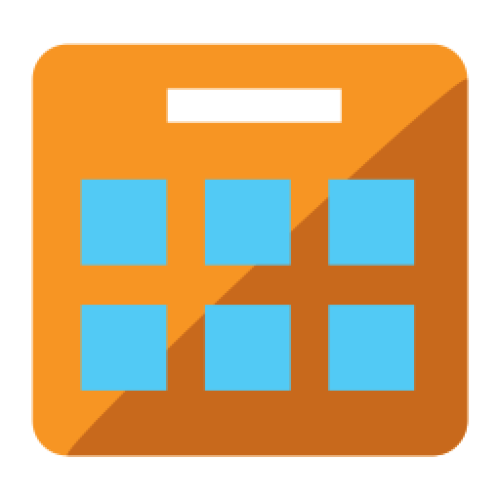 |
| Description | Day/week/month/year views Advanced “recurring event” settings Event subscriptions: Receive reminders and notifications by event or event type Warnings about conflicting events Microformats support Integrate a calendar month view, or an upcoming events view, onto your design Supports categories: Have multiple event types Multiple time zones: Have different events in different time zones with configurable conversion settings. Priority flagging: Choose between 5 priorities Programmers can even use the calendar to schedule custom tasks (Commandr) to be run RSS and Atom support: Export support, but also support for overlaying news feeds onto the calendar. Supports geotargeting Feedback: Allow members to comment and rate events. Segregate feedback on recurring events by date. |
| Title | Galleries |
|---|---|
| Icon |  |
| Description | Multimedia: Supports images, videos, audio, and more. Personal galleries: Allow your members to create their own galleries which show up on their profile. Support for embedding YouTube videos: Save on bandwidth. Auto-detection of video length and resolution (most file formats) Full tree-structure support: Have galleries within galleries within galleries. Multiple display modes View entries as a slideshow Automatic thumbnail generation Mass import: Also supports importing metadata Optional watermarking: To guard against thieving swines
Geotargeting Adjustments: Automatic size and orientation adjustments according to metadata. |
| Title | Catalogues |
|---|---|
| Icon | 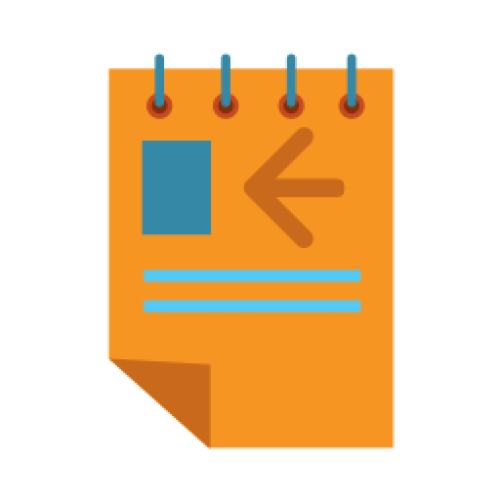 |
| Description | Think “databases on my website”. Flexible data control: Set up multiple catalogues, each with its own set of fields. There are many types of fields, such as short text fields, upload fields, and date fields. Multiple display modes: Display the contents of categories using tables, boxes, or lists. Powerful structure: Each catalogue contains categories which contain entries. Catalogues can have a tree structure of categories and/or work from an index. Configurable searching: Choose which fields are shown on categories, and which can be used to perform searches (template searches). Compliance with data protection legislation: Specify which fields may contain sensitive data. These fields will be anonymised as appropriate when members download or purge their data. Entirely customisable: Full support for customising catalogues, categories, and entries, exactly as you want them- field by field. You can even make custom page templates per-catalogue. Classified ads: Entries can automatically expire and get archived. You can also send out view reports. Community interaction: You can allow users to comment upon and rate entries. Import data from CSV files Periodic content reviews: Helping you ensure ongoing accuracy of your data. |
| Name | Patrick Schmalstig |
|---|---|
| Photograph |  |
| Title / Role | Lead Developer |
| Contributions / Notes | Joined Chris Graham behind the scenes in the development of Composr CMS in 2016. Took on the lead developer role in 2023 when Chris Graham stepped back to attend to his new lifestyle changes. Spearheaded the development of Composr CMS v11 and the new website, Composr.app. Formed the company PDStig, LLC to take on professional support and development for Composr CMS users especially after the discontinuation of ocProducts, Ltd. |
| Links |
